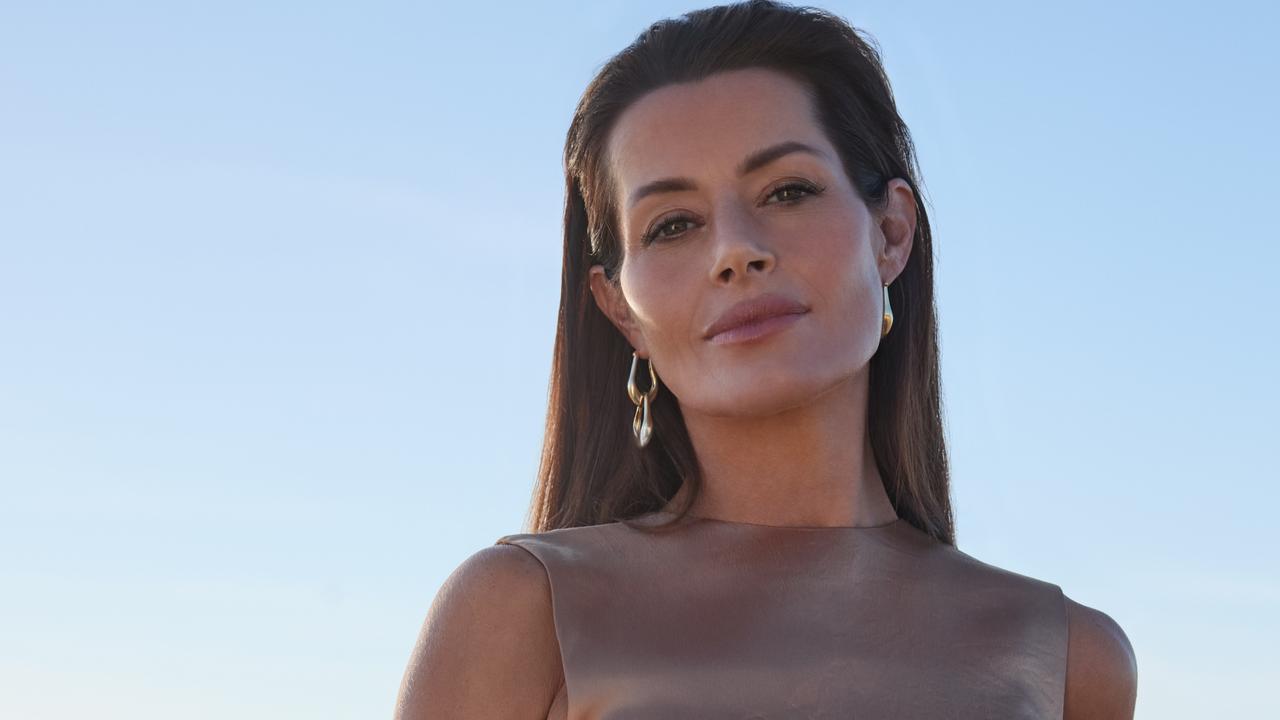The unstoppable rise of Ali Brigginshaw and the NRLW
From hidden to heroes
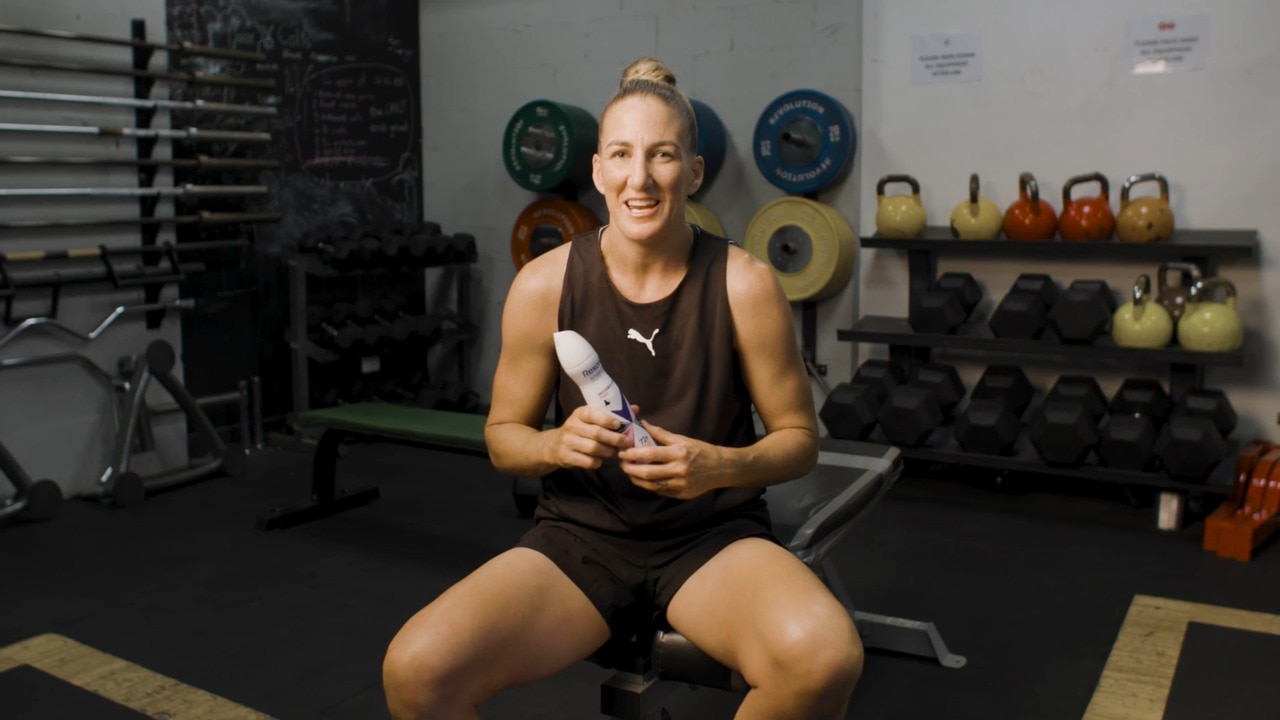
Lifestyle
Don't miss out on the headlines from Lifestyle. Followed categories will be added to My News.
From a history-making Jillaroos debut in Las Vegas, to two new teams joining the NRLW and an Origin series on track to smash viewership records, 2025 falls in the thick of a golden era for women’s rugby league. With a career spanning more than 15 years, Queensland Maroons captain Ali Brigginshaw’s journey is a metaphor for the evolution of women’s footy. She sits down with Body+Soul to reflect on how far the game has come, what’s next and why it matters – both on and off the sporting field.
Growing up in Ipswich, Queensland, the heartland of rugby league, Ali Brigginshaw was determined to follow in the footsteps of her dad and older brother. Convinced her dad was famous – his photo hung proudly on the wall at their local footy club – she listened closely when he told her she could play league, but only if she learned to tackle properly.
“We actually went through real training sessions at home,” laughs Brigginshaw. “It wasn’t mucking around… I loved it straight away. I didn’t want to do anything else.”
After mastering her technique on her brother – and every brave neighbourhood kid who lined up in the front yard – she hit the footy field and quickly made her mark.
At just 11 years old, long before the bright lights of the professional women’s game were even a whisper of an idea, the seeds of Brigginshaw’s legacy were sewn as she became the only girl selected in the Metropolitan West under-12s representative side, lining up alongside players like Daly Cherry-Evans. She wasn’t there for show. She was there to dominate, and even walked away with player of the tournament.
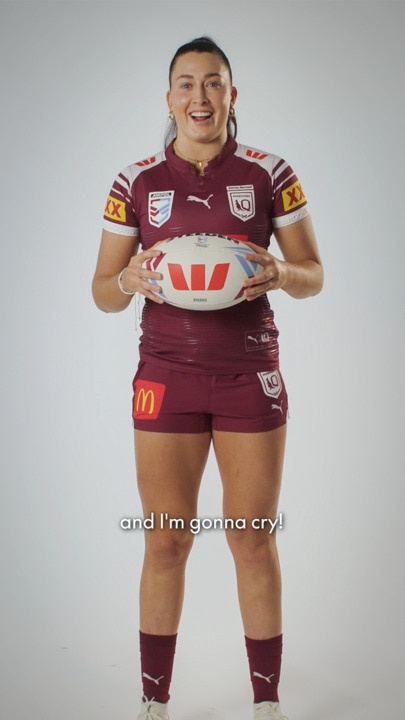
But back then in the early 2000s, her presence sparked resistance. “Parents used to film me and send it to the rugby league board to say their son was better and I was only picked because I was a female,” says Brigginshaw. “I’d walk into stadiums and people would point, laugh and talk about how long my hair was.”
By 12, she was cut from the rep side. Not for lack of skill, but because, as one selector bluntly put it, she “had no future in the NRL”, so they had to give another boy a chance. There was simply no pathway for girls to keep playing. So, like many others at the time, she pivoted to touch football, going on to represent Queensland and Australia in that non-contact version of the sport.
When asked if she remembers being upset as she was forced to step back, Brigginshaw says no, because that’s just the way things were. Still, rugby league never left her heart – perhaps partly thanks to the voice of the woman who helped her believe she belonged in the sport, her junior rep coach, Peta Green.
“She was my school coach and my rep coach,” remembers Brigginshaw. “I just thought a female in rugby league was the coolest thing ever. She kept telling me that I was good enough. She showed me I could be anything I wanted in this game, just by being there.”

How this unstoppable movement was born
At age 18, the game finally called Brigginshaw back. A coach rang to say there was a women’s side and they wanted her in it. Within a year, she was playing club footy, then pulling on the Queensland jersey and making her Aussie debut – and she hasn’t looked back.
Looking at each of the milestones in Brigginshaw’s rugby league career, there’s a recurring theme of her being given an inch of an opportunity, a sniff of belief and her snatching at it with two hands and sprinting a mile.
It reflects her style of play, the type to create something seemingly out of nothing. And from 2009, the year Brigginshaw first played for her country, women’s rugby league as a whole began to do something similar.
After years of dedicated pressure from pioneers like Natalie Dwyer, Katrina Fanning, Tarsha Gale and Veronica White (the first Australian Jillaroos and NRL Hall of Famers), and a self-funded rugby league World Cup campaign in 2013, the game seemed to shift from slow, incremental progress to accelerated growth. The Jillaroos – a name which comes from the word describing the female equivalent of a ‘jackaroo’, a young woman in training on a sheep or cattle station in Australia – won the World Cup that year and their skill could no longer go ignored.
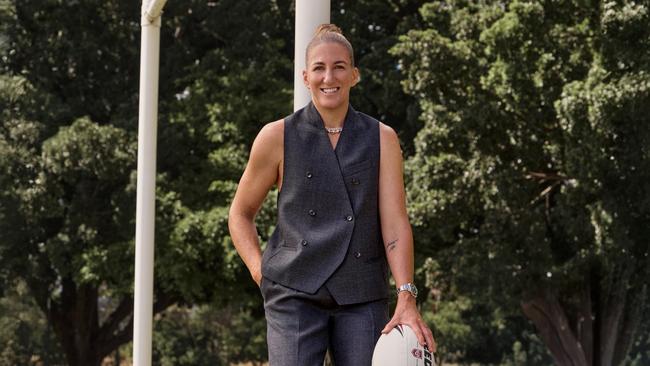
The first pay cheque for the national team, a modest $500 per game, was offered to the Jillaroos of 2014; just four years later we saw the birth of the NRLW, and six years after that, Brigginshaw, the self-proclaimed “only old girl still going”, who was there through periods of “crappy food, dodgy fields, sleeping in backpackers” in 2024, led her Queensland Maroons out to Game 1 of the very first three-game Women’s State of Origin series, in a prime-time television slot on the hallowed grounds of Suncorp Stadium.
For Brigginshaw, that night wasn’t just another game, it was the culmination of years of quiet grind and louder advocacy. The kind of moment that sneaks up on you, even when you’ve spent your whole life chasing it. “People used to say women’s footy wouldn’t sell tickets,” she says. “Now they can’t deny us.”
Running out to a crowd of over 25,000 people, under bright lights, with her family and the next generation of girls and boys watching from the stands and wearing her jersey, it wasn’t lost on Brigginshaw what it meant. Not just for the current gen of players, but for every woman who paved the way without ever getting this kind of spotlight.
“I used to be embarrassed to tell people I played for my state,” she says. “Now I don’t leave the house without someone asking me for a photo.”
That’s the shift Brigginshaw and her beloved game have seen – from hidden to heroes for a new generation of fans.

When sporting stats and ratings don’t lie
The rise of women’s rugby league isn’t just a feel-good story; it’s a statistical reality. The Australian Rugby League Commission’s annual report revealed in 2024, the NRLW shattered records across the board: viewership soared to eight million and a further three million for Women’s State of Origin (which is also up 300 per cent in attendance from 2021 to 2024), and on a grass-roots level, female participation remains the fastest growing part of the game, surging by a further 14 per cent.
These numbers have real-world, cultural impact. Something which is recognised not only by the average fan who has been to a women’s game or the female players themselves, but also by their male counterparts.
As part of my role as a rugby league sideline reporter, I work with some icons of the men’s game. Shortly after my conversation with Brigginshaw, with the weight of the exponential growth of the women’s game on my mind, I took the opportunity to ask some of my colleagues what they thought.

Sitting in hair and make-up before a Friday night men’s game, Cameron Smith, the NRL’s highest-ever point scorer, and his 17-year-old daughter, Jada, joined me as we prepped for our broadcast. Telling Smith how Brigginshaw had once been embarrassed to tell others she was a female rugby league player, I asked him how he felt to have someone like her captain the state of Queensland, as he once did.
“It’s unbelievable,” he said matter-of-factly, as if nobody could doubt such a sentiment. “It’s incredible where the girls’ game is at. It’s so exciting and great for all of us who love the game. They’re such great athletes.”
It’s the support of men within the game, like Smith and the average male fan who has taken the time to watch some women’s footy, which has undoubtedly helped, as Brigginshaw states “[she doesn’t] hear a negative comment in person any more”.
Women’s footy is being embraced all over – most importantly in the school yard, where it’s totally normalised for the next generation of young women to aspire to play rugby league professionally. When I turned to Jada to get her thoughts after her dad spoke, her eyes lit up. “It’s all anyone at school talks about,” she told me. “Every girl wants to be an NRLW player. They know everything about them, too.”
That’s the ripple effect, the kind of cultural change that you can’t fake. In many ways, women like Brigginshaw have been to the many girls who see her on screen today what her beloved, late coach, Green, was to her.
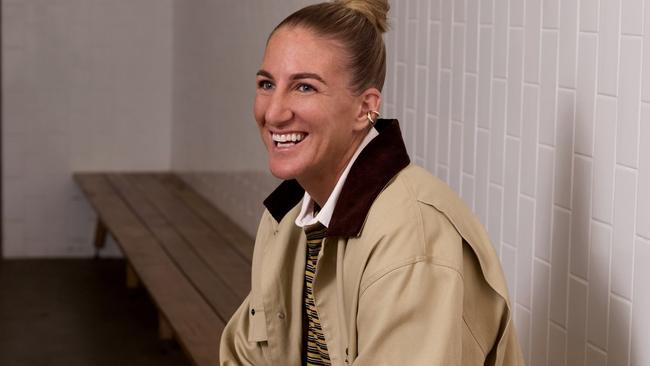
Why the fight for equality continues
For all the progress, though, nothing is perfect, and Brigginshaw is clear-eyed about what still needs to change. To some it seems a dirty word when it comes to women’s sport, but money has a lot to do with the next steps. Most NRLW players still work jobs outside of footy. The mental and physical toll is real.
“I’d love to see the girls not have to go to work,” she says. “Some of them finish work at 3pm, then have to flick the switch and be game-ready by 3.30pm. The pressure’s massive.”
Brigginshaw’s not complaining, just telling the truth. “Even girls on the minimum pay train like full-time athletes. We all treat ourselves like professionals, because we are.”
When asked what she hopes comes next, her answer is simple: more. More investment. More opportunity. More girls who never have to wonder if there’s a place for them. “If someone watches just one game, they become a fan for life.”
Once an afterthought, women’s rugby league is now a headline act, with record-breaking viewership and sold-out stadiums. Brigginshaw hasn’t just kept pace with the change – she’s driven it. And she intends to keep on fighting.
As we count down to Game 2 of the Women’s State of Origin series on May 15, that’s the energy humming in the air. The pride. The power. The possibility. And for the girls watching from the grandstands, dreaming with their boots in their lap, there’s no doubt any more. The future is here.
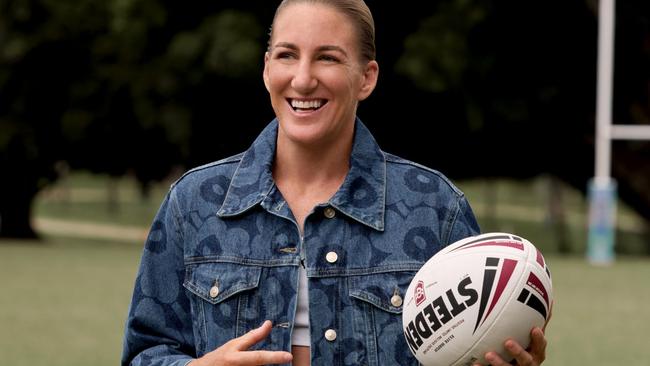
LOVE SPORT? Here’s how to GET AROUND IT
NRLW is smashing records for a reason. Here are three ways to get involved in the game
HOW TO WATCH
Want front-row seats from the comfort of your couch? You can catch all the action of NRLW games live on Channel Nine, 9Now, Fox League and Kayo. Whether you’re cheering on from your living room or streaming during your office lunch break, you never have to miss a game.
HOW TO SUPPORT
Real support means getting vocal and showing up. Grab tickets to NRLW home games and become a season member of your local club. Be sure to rock your team’s merch like it’s a fashion week staple, and flood your socials with love for your favourite players.
HOW TO PLAY
Female participation remains the fastest growing category in the game. There’s never been a better time to join a team, lace up your boots and get on the field. Head to playrugbyleague.com for a directory of local clubs, where you can sign up to comps and even social leagues.
More Coverage
Originally published as The unstoppable rise of Ali Brigginshaw and the NRLW



